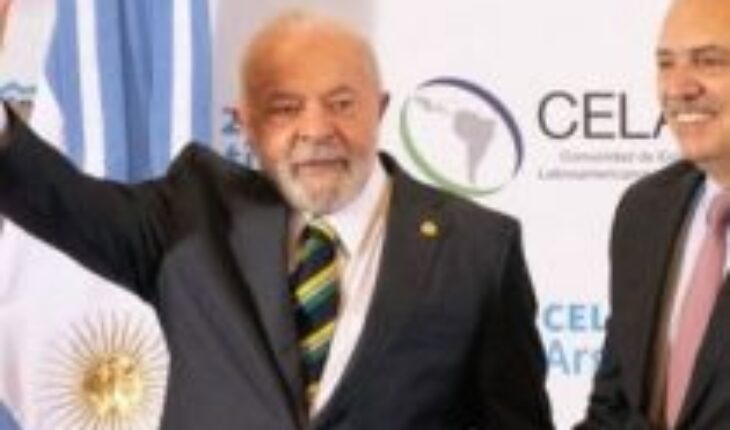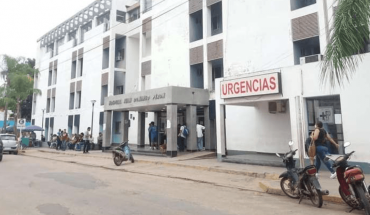What history tells us about Latin America’s attempts to have a common currency is that All attempts died on the shore And almost all of them met the same pattern: successes in their initial stage to move to a phase in which the idea is blurred until it is lost.
Mercosur and Unasur also tried.
There are political, economic and social obstacles, but above all of them on fly One of more weight: integration.
“In Latin America, not everyone perceives the net value of integration. We want different things. Mexico is integrated with the United States, Uruguay is struggling to have free trade agreements, just like Chile, like Ecuador,” says Professor Batteleme.
“And then we have Argentina, which doesn’t want any kind of free trade agreement.. Not having the means to pay, we can’t care. The view now is that we have to live with our own.”
“In the end There are more differences that Latin Americans have in relation to how to integrate that the agreements, “he explains in an interview with BBC Mundo.
Different positions vis-à-vis the world
“I mean, we believe in integration, but when we have to transform that into policies that imply, on the one hand, Ceding our sovereignty, coordinating, harmonizing, etc., begin to play the differences of the political system, the ideological differences, the differences in economic structures, the differences in the positions that countries have in relation to the United States, China, Europe, and that threatens any Latin American integration project.”
“How do you integrate with The Cuban regime, which does not even is democratic? Why can’t we agree on a definition of human rights?” asks the expert.
So to the differences in size of the economies and their different relative strengths, which at first glance would be the first obstacle in the region, we must add the ideological problems, excessive sovereignty and differences in approval processes of each country.
Excess of sovereignty
“European success is based on intergovernmentality coupled with a process of supranationality. In Latin America has no intergovernmentality or it is very limited as in the case of Mercosur or the case of the Pacific Alliance. And to this is added excess of sovereignty that makes it very difficult to coordinate policies,” says Batteleme.
Another obstacle is social.
“Poverty indicators, social indicators… There is no common starting point. This generates a perception that Integration does not benefit us all equally and also generates problems of policy articulation“.
Batteleme believes that a common currency in Latin America would not change anything, because “in short, economic and industrial policy and politics itself remain nationally based.”
“In the trade of Latin America already has a single currency. It’s called the dollar. The fantasy of the Argentine Republic of being able to have an alternative currency is due to the fact that it does not have dollars. That’s the reality,” he says.
The key to the region
So why did Lula support Alberto Fernandez in this “adventure” of the South?
The reasons, according to Batteleme, are framed in the context of Jair Bolsonaro’s departure at the head of Brazil and the arrival of leftist leader Luis Inácio Lula da Silva to the presidency.
“Lula made a politically correct statement giving Alberto Fernández what he needed in terms of gaining confidence in the markets,” he says.
“And the message that Lula sends is this idea that a Latin America not united, but aligned behind Brazil’s leadership it gives him enough status to talk on an equal footing with the United States, with Putin, with Xi Jinping, and that Brazil regains that stature. It is presented as the key state of the region,” he says.
Perhaps the idea of a common currency is too ambitious, but there is a intention to show the world that Brazil has a spirit of regional cooperation.





